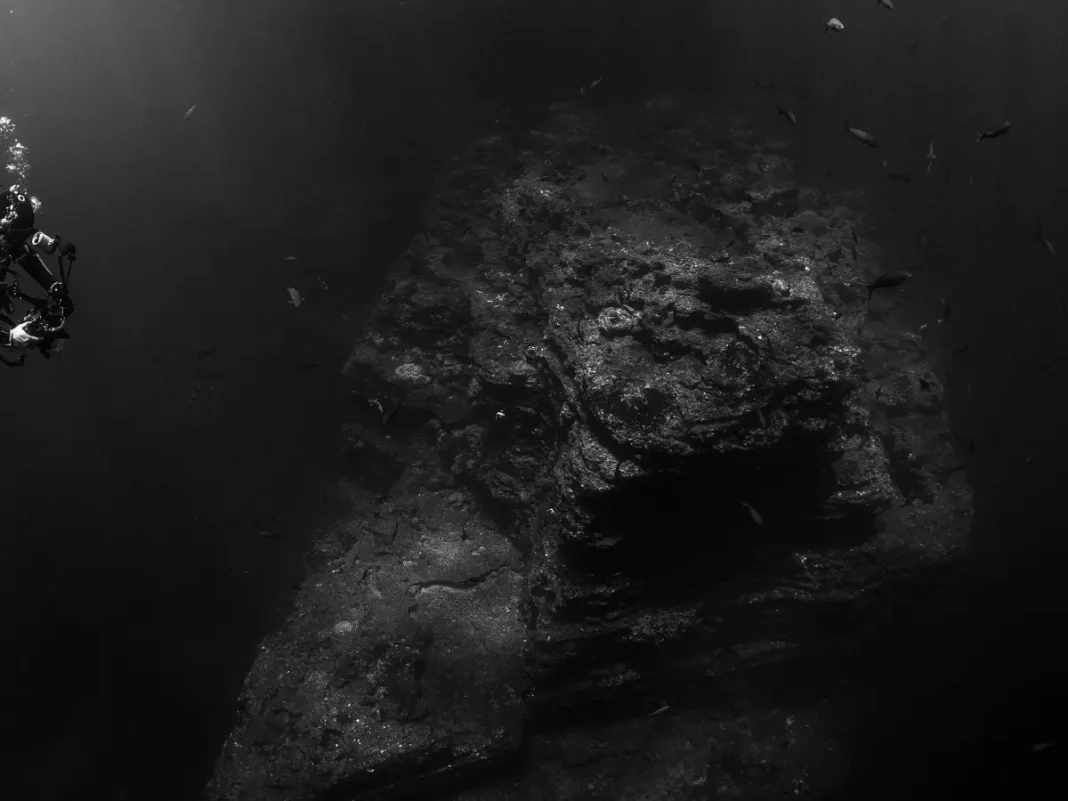Key Takeaways
- Scientists discovered a sea anemone hitching a ride on a tusk shell at 16,404 feet depth.
- This is the first such symbiotic observation in the mollusc genus Laevidentalium.
- The team identified 14 new marine species in total, including worms, molluscs, and crustaceans.
In a remarkable deep-sea discovery, scientists have observed a sea anemone living on a tusk shell at a depth of 5,000 metres (16,404 feet). This marks the first recorded instance of such a symbiotic relationship within the mollusc genus Laevidentalium.
The finding, published in the Biodiversity Data Journal, was part of a larger mission that identified 14 new marine species. A tusk shell is a marine mollusc that uses a long, tapering structure for protection. Researchers noted the anemone was attached to the anterior, concave side of the shell.
Other Significant Discoveries
The research team also documented a new species of carnivorous bivalve, Myonera aleutiana, found between 5,170 and 5,280 metres deep. They used a non-invasive micro-CT scanning technique to study it, capturing over 2,000 detailed images of its internal tissues. This is only the second time such detailed imaging has been achieved for a creature at this depth.
Another discovery in the Pacific Ocean’s Galápagos Rift hydrothermal vent, at 2,602 metres, was a new shrimp-like species of amphipod. These findings significantly expand our understanding of and the unique life forms thriving in extreme environments.





